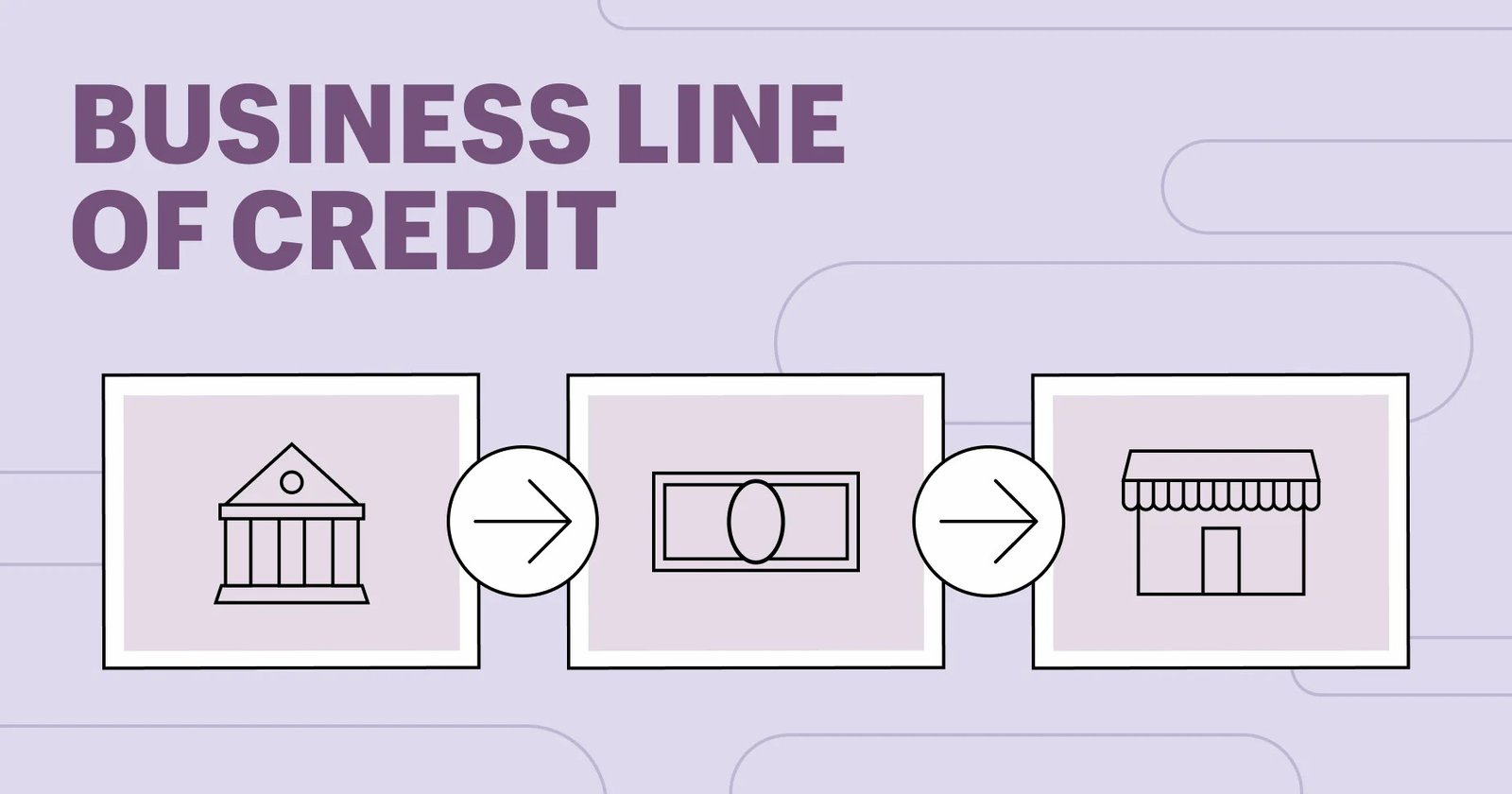Similar to how a credit card works, a business line of credit lets us borrow a certain quantity while only paying interest on the funds that you borrow. After paying back the money, you can keep drawing from the line.
As we can see on the Novobank, business credit lines can be utilized for a number of short-term requirements, including managing cash flow, purchasing merchandise, and paying employees. Learn a bit more about the way business credit lines function in the sections below.
How is a business line of credit operated?
A company’s line of credit seems a more adaptable kind of financing than a standard small-business loan, which is paid back in one lump sum over a set period in time with interest.
Using the line of credit, you’re given access to a certain amount of money, like $150,000, and then you may take money out as you require it. Only the money you withdraw from the bank earns interest. The money is subsequently paid back gradually, usually on every week or every month.
As long as you’re able to make the payments in time and you don’t go over the credit limit, you are free to keep using the business credit line whenever you like.
Prices for Business Lines of Credit
The APR for business lines of credit may range between 10% to 80%. Your lender, financial history, credit score, and length of business, among other criteria, will all affect the interest rate you’re getting.
In overall, you’ll get cheaper loan rates the better your qualifications are. Compared to internet lenders, banks frequently provide business line credit rates that are more affordable. You could also be required to pay fees for your line credit based on your lender, such as:
– Origination fee: A cost associated with handling your application.
– Account maintenance fees: Regular monthly or yearly costs related to maintaining your account operational and your line of credit for commercial purposes.
– Draw fee: The cost charged every time you draw in the credit line.
– Inactivity fee: Lenders can charge the fee as long as you are not drawing from the line credit around a certain amount of time.
Secured vs Unsecured
Secured business line of credit have collateral requirements, such as stock or real estate, and can be confiscated if not repaid. Unsecured lines don’t need collateral, although they could still need personal assurance or a claim on the property of the firm. If a business defaults on a loan, personal assurances and UCC liens may be utilized as security. To choose the best loan for your company, compare these options while comparing lenders.












